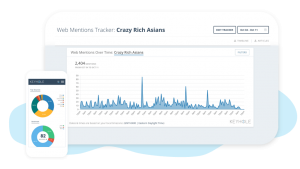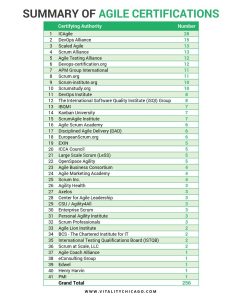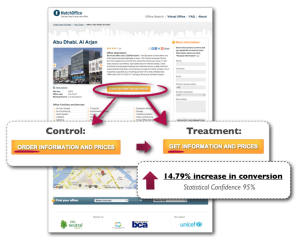By Emma Vas, Published October 11, 2014
Acquiring new customers is a costly process. Not only are new customer acquisition costs higher than retaining current customers, but successful customer retention helps to strengthen your brand identity and business reputation.

Surprisingly, many businesses don’t have a customer retention strategy. Yet, if your company is entering a new market or experiencing high initial adoption of your product, you especially need a robust customer retention strategy to prevent losing any market share to competitors.
Most sales managers believe that customer retention is merely a matter of resolving complaints or quelling current customer objections, but that’s only a reactive approach. To be a truly successful, you need a proactive framework that treats current customers with as much priority as the prospects in your sales funnel.
Customer retention is primarily driven by building rapport and deepening the relationship with your clientele. However, this doesn’t mean your approach shouldn’t be informed by a little science as well. Here are four customer retention strategies that are backed by hard data and quantifiable, top-line results:
Customer Retention Strategy #1: Leverage Your Sales Database
Start by tracking your average customer retention in your sales database. (This might require you to use a standard deviation analysis to determine the average length of a customer’s tenure with your business.) Then, leverage this data to contact these customers before they leave for a competitor.
For example, if you have an average customer retention rate of five years, you need to call or contact them before this five-year milestone to ensure they’re still satisfied with your products or services. This outreach reinforces your relationship by letting your customers voice any concerns and possibly renew or upgrade their engagement with your business.
Conversely, if you linger in your outreach efforts, your customers eventually decide to leave because your competitors are courting them constantly with new offers and better deals.
Customer Retention Strategy #2: Analyze Upsell Patterns
You should also capitalize on potential cross-selling and upselling opportunities with your current customers. Not only does this mean more revenue for your business, but the more of your products and services a customer finds useful, the less likely he or she is to leave you entirely.
The science to this customer retention strategy again lies in your sales database: Start tracking how long customers stay with your business before they upgrade their service or purchase more product. Next, use this data to call your non-upgraded customers and let them know which cross-sells and upsells are popular with other users and why.
For example, your sales database shows that after 6-8 weeks of using your product or service, customers usually decide to purchase an upgrade. Using this trend in your data, contact your other, new customers after they’ve been with you for 10-12 weeks (to give them a little extra time) and check in on how happy they are with the product or service. In the course of your conversation, let them know which upgrades are popular with similar customers – and you might just complete a successful cross-sell or upsell.
Customer Retention Strategy #3: Promote Retention-Oriented Products
Not all of your products or services have the same built-in value when it comes to customer retention. In other words, just because a product is your most profitable doesn’t mean it will keep your customers coming back year after year. So, focus on upselling products that are the most “sticky” in terms of retention.
Determining the “stickiness” of a product or service often requires that you mine historical data and determine if those offerings actually caused customers to retain their business relationship with you. Often your most sticky offerings are the ones that involve the highest pain in switching between vendors, suppliers or products. When you upsell these offerings to each of your current customers, you retain more of their business over the long-term.
While your sales team is always going to work on lead generation and new customer acquisition, you can’t forget about retaining your current customers either. The best sales strategies focus not only on closing new business, but also on closing additional business with the same customers year after year.
Business Articles | Business 2 Community
(342)
Report Post







